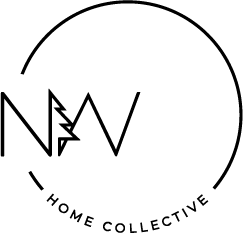New Construction
Your Guide To Buying
The New Construction Process
Buying or building a new home is a huge undertaking, with many questions to consider. I have put together this guide to give you a look at the issues you will want to consider as you decide whether to purchase a newly built home or to undertake building with a contractor or within a new development.
Is New Construction For You?
Questions to Consider
Weigh The Pros and Cons
Choose Your Builder
Choose A Homesite
Choose Your Builder
Questions To Ask Builders
Select Your Options
Obtain Pre-Approval/Proof of Funds
Enter Contract With a Builder
Select Your Options
Prepare To Close
Walk Throughs
Optional Inspection
Punch List
Closing Day
On average, it costs $166,173 – $477,308 to build a home in 2020 and takes 7.7 months to complete.
Cost statistics from HomeAdvisor.com & length from Moving.com
Questions To Consider
1. How soon do you need to move into a new home?
If you need to move into something new rather quickly, new construction may not be the best option for you.
2. Do you like to work on home projects and do-it-yourself?
If your answer is no, new construction may be a good fit. With everything brand new, all of your customizations chosen, and a home warranty you won’t need to do any fixing up for a while.
3. Are you looking for something specific?
If your answer is yes, new construction may be a good option. You’d be able to build something that fits your needs and desires. Plus, if you can find land in your desired location, your dream home awaits!
Is New Construction for You?
That New Home Smell!
You are not moving into a home that has someone else’s dust, stains, or smells to contend with.
You May Get to Customize The Features.
Depending on what stage the home is in when you buy, you may get to choose the finishes, fixtures, and appliances. Of course, if you are doing a fully custom build, you get to choose everything.
Everything Functions Correctly!
Your money can go towards furnishings and decorating instead of repairs and replacements. Your home maintenance costs will be lower for the first several years.
You have the option to add in the latest hi-tech features
such as a security system, audio systems, automatic lighting, and smart faucets, appliances, and thermostats.
Your big-ticket items, the roof, appliances, HVAC are all under warranty.
In fact, the builder’s warranty may cover additional items such as windows, doors, and trim, electrical and plumbing systems, and workmanship on tile and drywall installation.
You get the most recent standards on energy efficiency.
A home built today will be much more energy-efficient than one built ten, twenty, or thirty years ago.
Building is time-consuming.
You will need to check on your home’s progress on a daily basis once the home gets dried in. You need to double-check everything to make sure mistakes are not made. If you are living far from where your build is, this may be difficult.
You may not get the options you hoped for.
Unless you are doing a totally custom build, your builder may have selected finishes, fixtures, features, and appliances you can choose from. Most builders will allow you to pick from outside their options, but upgrades are expensive.
You will have immature landscaping for some time if you are in a new development.
Unless you have purchased a vacant lot in an established neighborhood, you will have to wait some time for new trees to mature and provide shade to your home and yard.
The price is not usually negotiable.
The cost is the cost when it comes to new construction. Unless you downgrade features, or your builder is offering a lower pre-construction price, you usually don’t get to negotiate the sales price.
You will have to abide by the builder’s deed restrictions, and possibly an HOA.
New developments usually have certain restrictions homeowners must adhere to, and most newer neighborhoods also have homeowner’s associations. This is not a bad thing, but you should know what the rules are before you buy.
Choosing a Homesite
There are three types of new construction: spec (short for speculation) homes, tract (or production) homes, and custom homes.
Spec Homes: Homes “built on spec” means the builder has purchased a single lot and built a home on it not knowing who will purchase the home. Typically, the builder will list the home with a real estate agent to market and sell. Since the home is usually finished, or almost finished, when it goes on the market, the buyer does not have the opportunity to make changes in features.
Tract Homes: Tract homes are homes built in a development where all the homes are built around the same time, or in phases, by the same builder. The builder has selected floor plans and uses the same features in each model. Often buyers can purchase a tract home prior to completion, in which case they may be able to make changes in the features within the builder’s budget or for an upgrade fee.
Custom Homes: When the buyer purchases their land and then contracts a builder to build a home of their choosing, they are building a custom home. The buyer chooses their floor plan, or has an architect draw one for them, and chooses all of the features, sometimes with assistance from the builder or an interior designer.
Things you need to consider on choosing the neighborhood or development where you build include:
· Who is the builder(s) for a planned development?
· What are the builder’s deed restrictions, and how many years are those in effect?
· Is there, or will there be, an HOA?
· Are there, or will there be any community amenities?
Decide On Your Builder
If you are looking at a planned development, find out if there is one builder or if the developer allows you to bring in your own builder. If you are looking at building on a lot that is not restricted to a particular builder, it’s important to research builders in your area to find one that is reputable and stands by their work.
Unfortunately, some builders fail to deliver on their promises, cutting corners on materials, or even failing to finish certain details. Meet with different builders before you make your selection.
It’s important that they are organized and communicate well. Make sure the builder has someone that is communicating with you through every step of the build so you know when your choices must be made and when each phase will be completed.
Check out your builder before signing anything. Find out if there are any complaints registered against them and ask for references from other homeowners. Find out if you can tour a model or a recently completed home and bring someone who can judge the quality of the workmanship.
Questions To Ask Your Builder
1. Do you have to use their preferred lender? Many builders work with a preferred lender that offers attractive discounts on closing costs when you finance through them. It’s important to know if the lender is working as a referral or if the mortgage company is owned by the same company that is building your home. If your lender and builder both work for the same company, it’s a good idea to have an attorney review your contracts as an independent set of eyes. If you are not required to use their lender, talk to other lenders to see who can give you the best financing.
2. Can you see a copy of the builder’s sales contract? Builders use their own contracts that are similar to a regular sales contract but include additional terms specific to the building process, such as at what points during building the contractor gets paid, and what options you have to choose from. Your agent can help you interpret the terms of the builder’s contract before you sign.
3. What is the timeline for completion? This will depend on whether the build is a production home, meaning the builder is building select models throughout the development, or if you have hired the builder to build a custom home. Production homes can be completed in three to four months, where custom homes usually take a minimum of six months. Regardless, the builder should be able to give you a timeline outlining each phase of construction. Factors affecting the timeline include weather, delays receiving building supplies, or the number of changes you make along the way.
4. Can you choose features, fixtures, or appliances that are not in their selected packages? You may wish to upgrade certain items, such as cabinetry, plumbing, or lighting fixtures, or you may want to save money by buying your fixtures or appliances on sale. Make sure your builder is open to you making choices outside of their selections. Usually, they will work with you as long as your selections are available and can be installed without major changes to the structure.
5. What is in the landscaping package included in the price? Many people assume their finished home will look like the model or the graphics in the brochure, only to find out that the builder’s landscaping package is the bare minimum, or even non-existent. You may choose to upgrade it or plan to add your own landscaping.
6. Can the builder charge extra for unexpected cost increases? Look over the builder’s contract carefully, or have an attorney do so, and note if there is an escalation clause that would allow the builder to pass cost increases onto you in the event that materials or labor costs increase during construction.
7. What warranties are provided? Normally a builder offers a warranty lasting from six months to two years, possibly longer for some items. You should know what is covered under the builder’s warranty and for how long. All the major structural items and mechanical systems are usually covered. Appliances are not, but they should come with a manufacturer’s warranty. Damage from weather, shrinkage or expansion of the home or foundation, and anything resulting from the homeowner’s failure to provide maintenance or from work done on the home after construction is not covered.
8. What are the deed restrictions and is there, or will there be, an HOA? Developers usually file a subdivision’s restrictive covenants when applying for approval to build the development. Any persons buying a property in the development are bound to abide by these restrictions. You can get a copy of the deed restrictions from the builder. Also ask if there is, or will be, a homeowner’s association, what the HOA fees will be, and what they cover.
9. Is there, or will there be community amenities? Amenities may include a gate or guard, communal park or green area, pool, playground or recreational facilities, a dog park, or parking area. The amount of monthly or annual HOA fees will depend upon the amenities and the number of homes in the development.
10. Can you do a final walkthrough before closing? Usually, there will be a “punch list” of items the builder needs to finish up at the end of construction. This may include a thorough cleaning, touch-up painting, repairing drywall nicks or scratches, last-minute trim work, caulking around cabinetry, changing out or re-keying door locks, and replacing landscaping that didn’t survive planting. It’s important that you go through the home before closing to make certain that every detail is taken care of before you sign the closing documents. If you and the builder agree that they will come back after closing to finish some details, make sure both of you have signed off on the list of what is still to be finished.

Recommended Lenders
Jason Tanner | 503.421.7284
Finance of America
jason.tanner@financeofamerica.com
Questions for your lender
What interest rate can you offer?
Does the rate come with points?
Is it fixed or adjustable?
When can you lock my rate?
What fees can I expect from you?
What type of loan is right for me?
Do I qualify for any down payment assistance programs?

Selecting your Options
There will be a lot of decisions to be made throughout your build. Being prepared with your choices at each stage will help keep the build on schedule. Most builders have someone who will work with you to let you know what stage they are on and which decisions are coming due and when they need to be made. If your build is custom, you will need to do a lot of research into finishes, fixtures, colors, hardware, and appliances so you know what you want and what you can afford.
In A Custom Build
There will be a lot of decisions to be made throughout your build. Being prepared with your choices at each stage will help keep the build on schedule. Most builders have someone who will work with you to let you know what stage they are on and which decisions are coming due and when they need to be made. If your build is custom, you will need to do a lot of research into finishes, fixtures, colors, hardware, and appliances so you know what you want and what you can afford.
n a custom build, you can literally select every finish, from the roof shingles (or tiles or metal) to the wall texture, and the color of the window screens, though you may choose to defer to your builder’s wisdom and experience for some choices. It can be overwhelming, which is why you should invest some time prior to commencing to consider what you like and want in your new home.
Here is an incomplete list of the decisions you will make on a custom build:
· Floor plan and overall home design
· Exterior finish and color
· Roof type and color
· Window styles and colors
· Interior and exterior door styles and colors
· Door and window hardware
· Landscaping plan
· Interior wall finish, textures, and colors
· Baseboards and crown molding
· Kitchen, bathroom, and laundry room cabinetry
materials and finishes
· Cabinetry design
· Backsplash design and material
· Countertops
· Shower and bathtub styles
· Sinks
· Sink and bath/shower plumbing fixtures
· Bathroom mirrors
· Toilets
· Flooring for all rooms, hallways, and garage
· Appliances
· Garage door
· Closet design
· Shelving material and design
· Fireplace materials and design
· Porch or patio design and materials
· Driveway design and layout
· Pool, outdoor kitchen, or other outside amenities
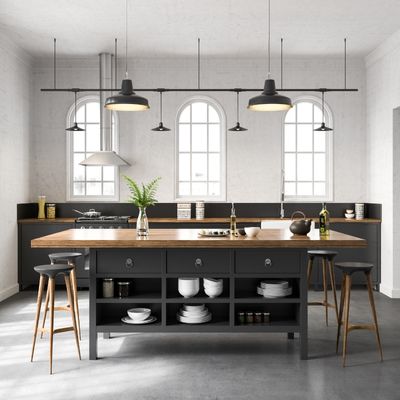
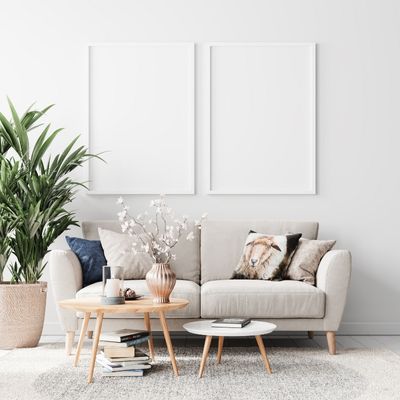
In A Planned Development
In a planned development, you usually have option levels to choose from, the scope of which depends upon the price point of the home or development. You may be able to up or downgrade any of these items. You will need to discuss with your builder how changes to their options packages will affect your sales price.
Various options are usually offered for these items:
· Exterior finish colors
· Interior color scheme
· Flooring choices
· Cabinetry
· Door and window hardware
· Countertops
· Light fixtures
· Plumbing fixtures
· Tile
· Interior, exterior, and garage doors
· Appliances
· Landscaping
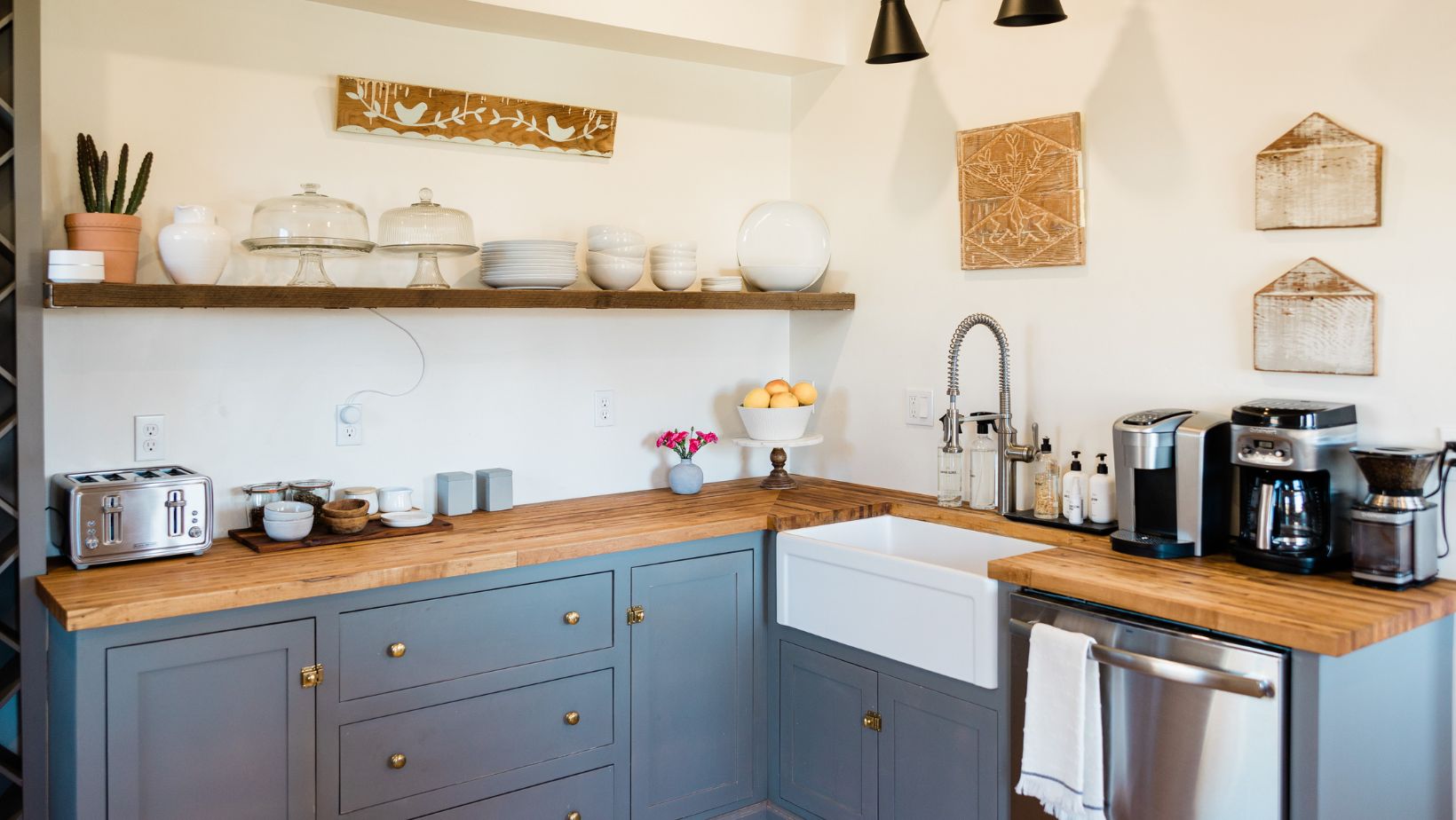
What’s Your Priority
Write down or think about which rooms deserve the highest upgrades for you, and what feature you’d be most willing to splurge on.
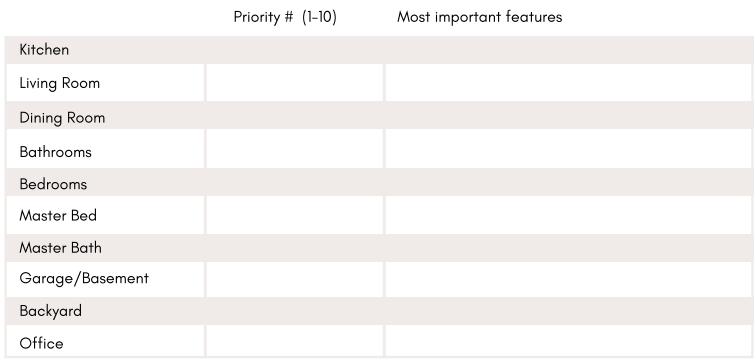
Prepare to Close
Walkthroughs
You will need to check on every phase of construction to double check that everything is done according to plan. Even the best builders have miscommunications, mix-ups on orders, or problems with installations. Plan on visiting the home daily once it gets dried-in.
Optional Inspection
Even though your home is brand-new, you might still want to have a home inspection done. Sometimes an inspector will catch something that slipped past the contractor and code enforcement.
Closing Day!
Closing day on new construction differs slightly from a pre-owned home in that there is often a “punch list” of items the builder is responsible for finishing up either on closing day or shortly afterwards. This may include cleaning, touch-up painting, installing landscaping, or changing out locks. You should have the opportunity to go through the house with the builder shortly before closing to add items you notice to the punch list.

